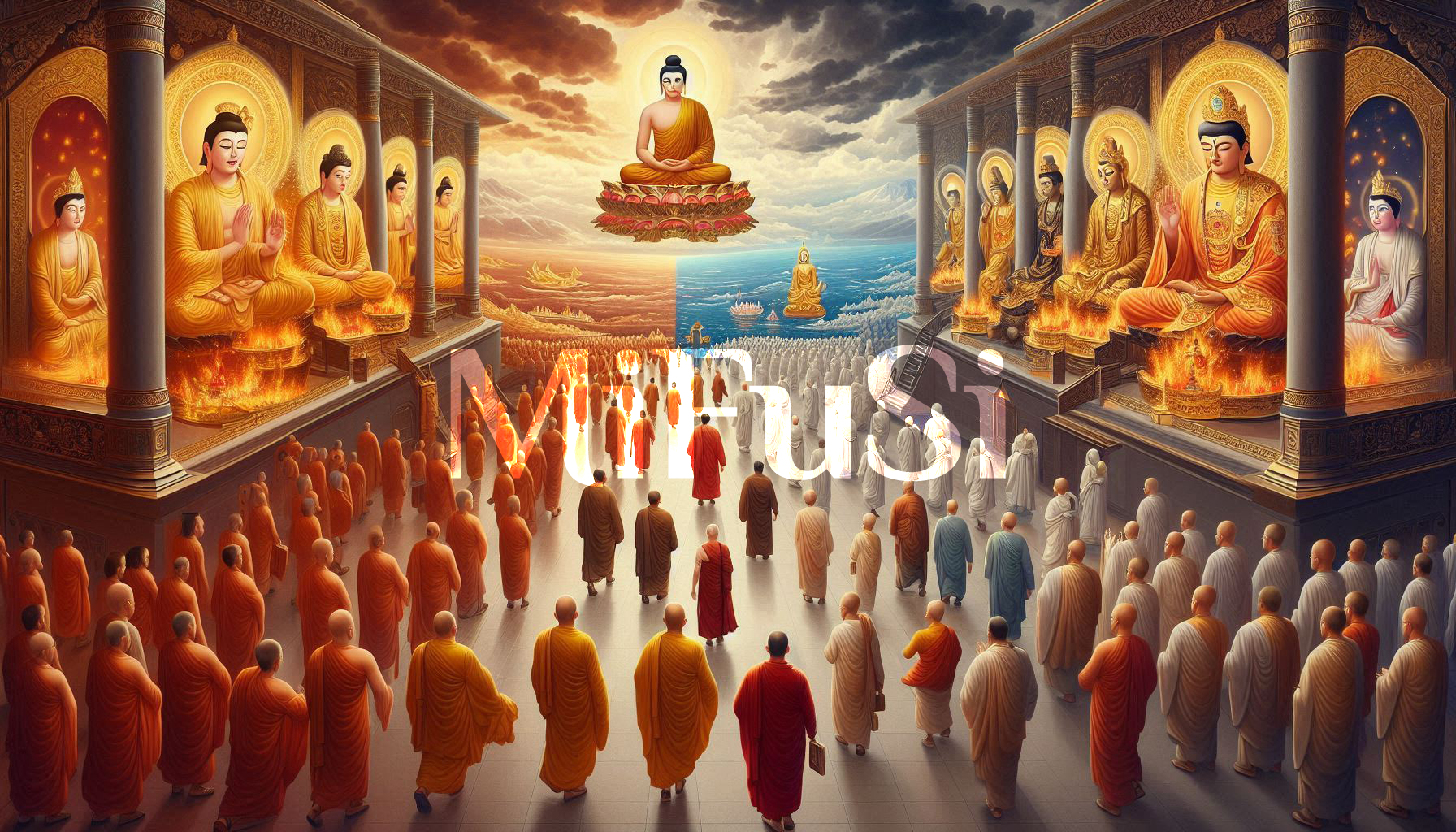Authenticity Versus Deception in mysticism
Thiệt – Giả – Cơ huyền by batnha on 05/16/2024, 13:57; translate by Akira
Authenticty Vs Deception – A test from Celestial Beings for mystic practitioners.
In life, opposites abound, making it challenging to distinguish between truth and falsehood. Genuine monks exist alongside imposters, and natural beauty coexists with artificial beauty. The complexities of life—its goods and bads, truths and lies, rights and wrongs—become entangled, causing confusion. Even discerning the visible can be difficult, let alone the invisible. The spiritual realm is rife with illusions, resembling a labyrinthine battlefield or an enigmatic forest.
Consider mystic practitioners who, during their spiritual practice, receive divine revelations. This presents a daunting test, as both genuine and fake revelations exist. Without sufficient wisdom, they may mistake false revelations for genuine ones and vice versa. To pass this test, mystic practitioner must understand oneself and one’s position. If they find themselves still entangled in concerns about livelihood, navigating through various life issues, and lacking societal status, they must recognize that their spiritual journey is only just beginning.
Mystic practitioners rely on invisible helpers, and if they unquestioningly believe the praise bestowed upon them by these invisible helpers, they risk falling into self-delusion. Even those deemed spiritually advanced and possessing mystical powers can be misled by invisible beings, let alone novice practitioners. By the time they comprehend the falsehood of fake revelations and the fallacy of the invisible’s words, it may already be too late.
Monks often prioritize matters related to false appearances of Buddha. So, when someone claims to have seen Buddha, they might be interpreted as having seen a ghost instead. Interestingly, when one claims to have seen a ghost, some monks attribute it to imagination rather than an actual ghost, while others acknowledge the sighting. It’s peculiar that seeing a ghost is simply that—seeing a ghost—yet seeing Buddha is also considered seeing a ghost. This paradox extends to Christianity as well. While priests do not see god or the holy spirits, yet when others do they’re often dismissed as having seen demons instead. Priests believe that demons can masquerade as God, and their powers are seen as comparable to those of God. Ultimately, the seemingly straightforward task of distinguishing between a ghost, Buddha, Satan, or God proves to be a perplexing challenge for religious figures. One might expect such learned individuals to have clarity on such matters, yet they continue to grapple with this fundamental question.
In reality, whether it’s a ghost or demon posing as a Buddha or God doesn’t truly matter. Such apparitions are celestial tests of one’s intelligence, ego, and virtue, meant to impart wisdom. If someone mistakes a false Buddha for the real one and follows it to do wrong, or if they encounter a genuine Buddha teaching them what’s right but refuse to believe, both scenarios lead to significant mistakes. Only through profound virtue and intelligence can one discern true from false, holy from unholy, and right from wrong.
Spiritual figures, like Buddhas, may adopt unexpected forms, such as appearing as demons, to impart important lessons, akin to how parents sometimes adopt strict approaches to teach their children valuable lessons. Similarly, spirits may present themselves as the Supreme Being in radiant forms, appealing to practitioners’ egos, much like parents praising their children’s minor achievements to boost their morale. However, this can create a delicate balance: Too much praise or indulgence may hinder spiritual growth, while too little may discourage progress. Novices in mysticism may find the truth about their abilities and flaws difficult to accept, just as children may struggle with constructive criticism. Yet, as practitioners advance and become more discerning, they develop the wisdom needed to navigate these complexities, distinguishing genuine spiritual guidance from deception.
To discern whether a monk is genuinely high in spiritual attainment or fake, one must reason with logic: Observe their life—whether it’s normal, peaceful, or marked by struggle. Death due to illness or natural causes is normal, but dying under unusual circumstances—such as accidents, homicide, or suicide—is not. Those who die tragically cannot be considered spiritually advanced; rather, they may carry heavy karmic burdens. Similarly, those who lack respect or affection in society cannot be esteemed in spirituality. A person’s spiritual state often mirrors their worldly condition. Those blessed with merit enjoy peaceful lives, transcending worldly worries both in life and in their spiritual practice.
Do people become wiser after death?
Answer: After death, individuals retain their characteristics from life. The adage “One who is wise in life remains enlightened after death” underscores that foolishness persists beyond the grave. Those lacking wisdom are vulnerable to deceit throughout their lives, whether by influential figures in politics, religion, or commerce, or by demons and malevolent spirits in the afterlife. When interacting with spirits, it’s essential to assess their intelligence to avoid being misled. Employing discernment is vital when heeding a medium’s words to differentiate between truth and falsehood.
Related Post
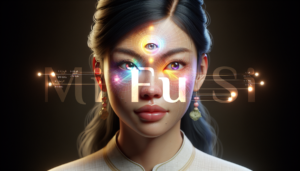
The Third Eye
The Third Eye (CON MẮT THỨ BA by Thiết Đầu on Thu Apr 30, 2009 2:24 pm) Edited by Xiaobaiyun...
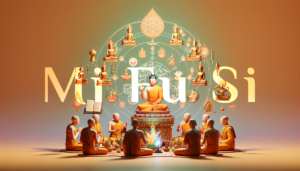
The Singular Source of Religions
The Singular Source of Religions (Tất cả tôn giáo đều cùng một nguồn gốc by DongVan on Sat Jun 26,...
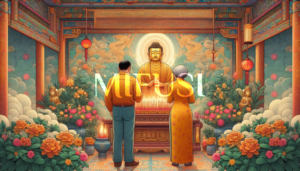
My mom’s mystical experiences
My mom's mystical experiences CHUYỆN HUYỀN BÍ CỦA MẸ CON by Namlinhchi - translated by Bluesky - edited by Horangi....
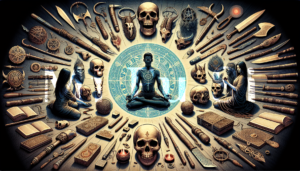
Wormwood in magical practice
Wormwood in magical practice (Ngãi là gì? sent by như-ý- edited by rain9811 and xiaobaiyun) Many captivating tales circulate about...
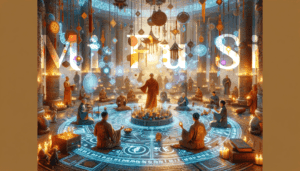
Rules of H’mong charms and spells
Rules of H'mong charms and spells (Re: Bùa ngãi xứ Mường - QUY TẮC BÙA PHÉP by Thái Hòa on...
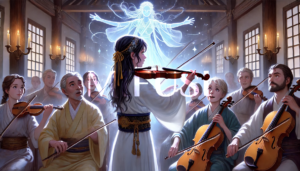
A Violin Performance by Divine Force
A Violin Performance by Divine Force LÀM ĐẠO VỚI CÂY ĐÀN VIOLIN posted by viendung on 07 Apr 2017, 12:04,...
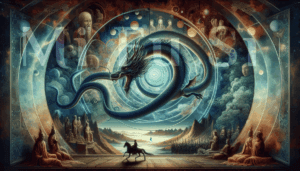
DIVINE DRAGON: HEAD HIDES ENDLESS TAIL
Why doesn't the Buddha appear to save humanity? Divine dragon: head hides endless tails depicts an immensely grand divine entity...
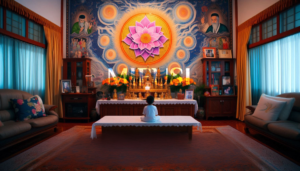
The Holy Force
The Holy Force Vietnamese: Kinh nghiệm về thần lực và tuổi thơ (posted at huyenbihoc.webs.com) My experience with the Force...
